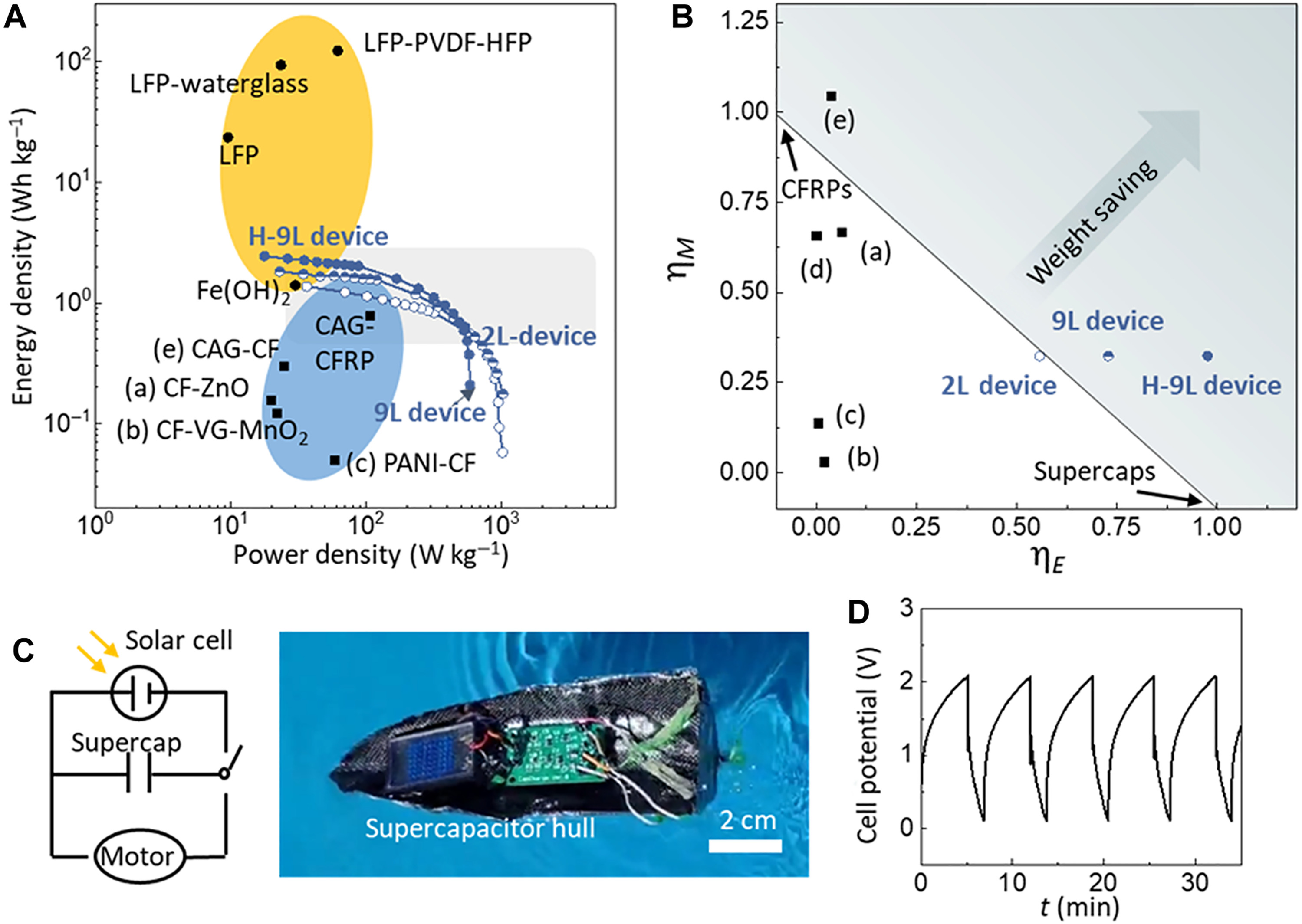What if the humble house brick could store power? Researchers reveal new material and shed light on exciting world of structural capacitors
Scientists have devised a new type of structural material that could double as a source of power, with these new structural supercapacitors matching the performance of state-of-the-art energy-storing devices.
The device created by a team at UC San Diego, led by professors of electral and computer engineering, could be used to construct, say, gadgets or vehicles and provide them with extra power without overloading them.
They relied on interfacial engineering in creating this new material, according to their paper, published in Science Advances. Structural electrodes were intertwined wth a special type of carbon-fibre, as well as a graphene exide, that raised both its energy capacity and strength.
Powering the devices of the future

While conventional supercapitors excel at energy storage, they’ve always been too weak to be used to form the structure of anything that they might power. The opposite is true for structural materials – which have been relatively hopeless at carrying charge.
To prove the material worked as they intended, the scientists built the hull of a small boat from it and fitted the vessel to a solar panel to charge the supercapacitor. The aim was to power the motor in the boat, and cruise across a pool.
It comprised a pair of electrode surfaces divided by electrolyte, which allowed ions to flow between them. The supercapacitor was connected to a small motor and circuit, and when the solar cell was exposed to sunlight, it charged the supercapacitor. This powered and moved the boat’s motor.
In building and operating this device, they demonstrated the potential of supercapacitors in saving on weight as well as increasing the capacity for harvesting and storing energy.
Should this material, or one like it, take off and be deployed commercially, there’s every chance the best laptops or best smartphones of tomorrow may one day hold far more charge than any of today’s most premium devices.
"Our future work will focus on increasing the energy density of our supercapacitor and making it comparable to some battery packs," said study first author Lulu Yao, a materials science and engineering Ph.D. student in Ng's lab. "The ultimate goal would be to achieve both higher energy density and power density."
More from TechRadar Pro
- Until this material hits the mainstream, why not check out our roundup of the best power banks out there today
- These are the best long battery life laptops on the market
- Check out the best portable power stations tocharge your devices
from TechRadar - All the latest technology news visit

Comments
Post a Comment